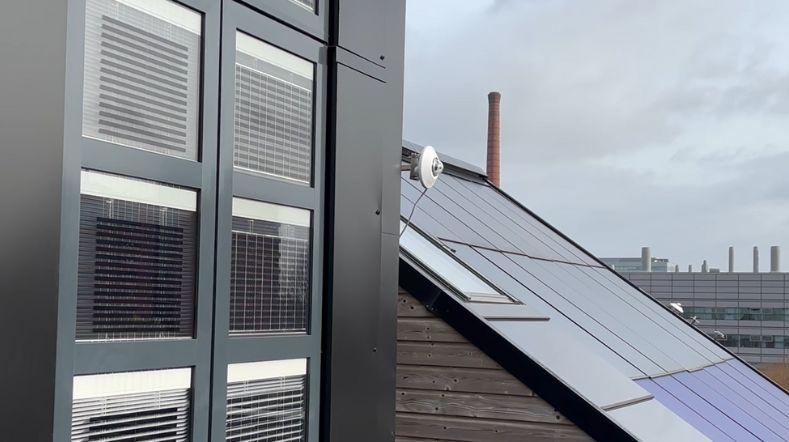Reduced energy yield due to rapid shading of solar panels by wind turbines
In combined wind and solar farms, the rotating wind turbine blades cause shadows that reduce the energy yield of the solar panels. Temporary outliers of up to 50% energy loss occur locally. The effects of dynamic shading, caused by rapid light fluctuations lasting milliseconds, have been studied for the first time by TNO, in collaboration with industry partners.
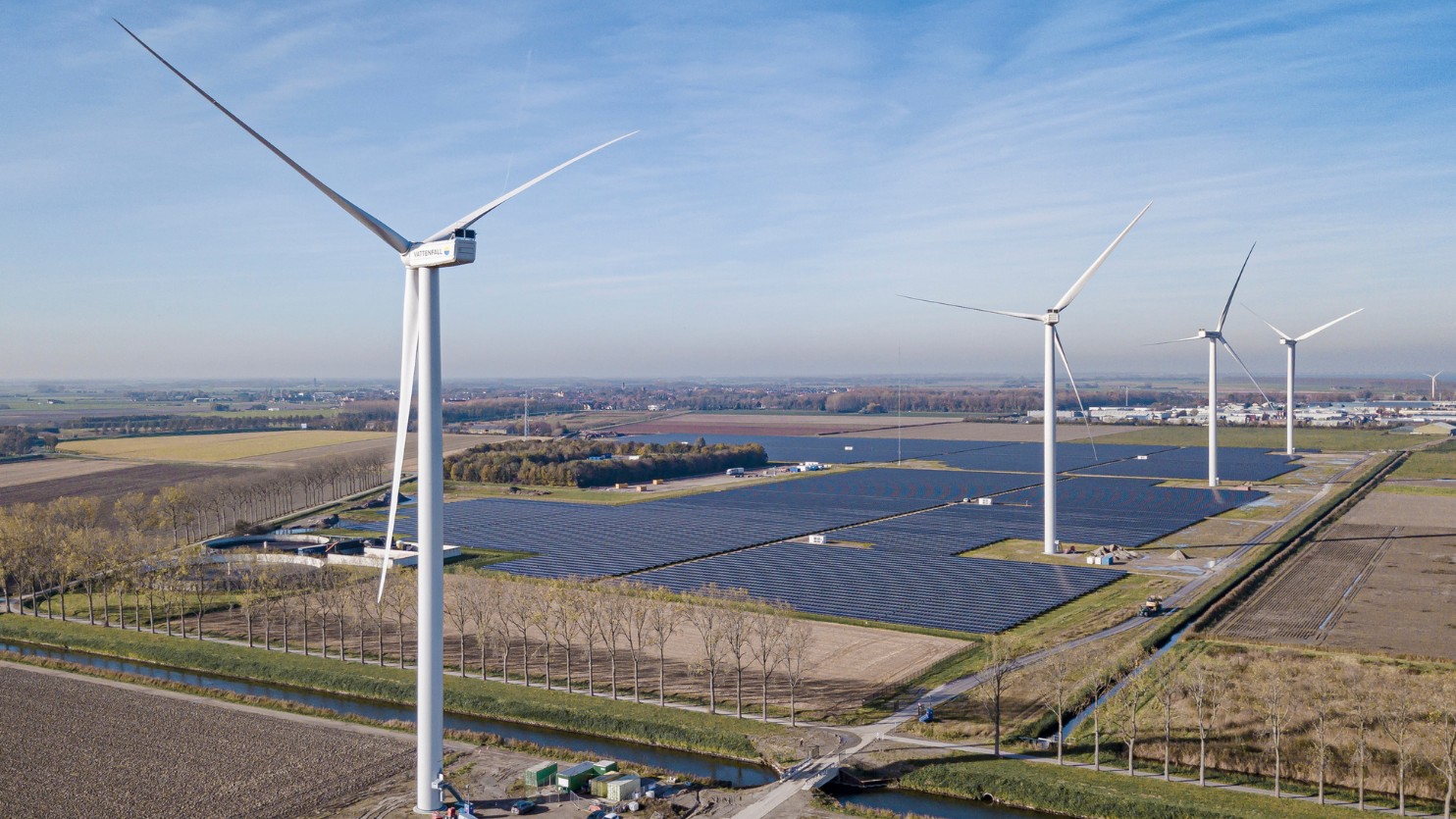
Slow and fast shade
The effects of shading by the turbine mast have already been extensively studied and are well-known. This involves the slow-moving shadow that temporarily blocks the sun’s rays through the day. But the high-frequency shadow of rapidly rotating turbine blades has never been studied in depth.
Crucial role of electronics
Comprehensive measurements over long periods at Vattenfall’s Haringvliet-Zuid solar farm have yielded a lot of interesting data. In particular, inverters, which convert the solar energy harvested into usable electricity, play a crucial role. When shading occurs, they try to optimise the voltage at lightning speed with what’s called a maximum power point tracker (MPPT). What then exactly happens at the millisecond scale has now been established for the first time.

‘‘That rapid shading may cause losses of energy yield of up to tens of percentage points.’’
Loss of yield
‘‘Thanks to financial support from the Ministry of Economic Affairs and Climate Policy, through the Netherlands Enterprise Agency, we were able to form a consortium with Vattenfall as an owner of wind farms, electronics company Heliox, which makes inverters, consultant Uw-Stroom, and developer Prosoldiga. This enabled us to conduct our research under real-life conditions,’’ says TNO solar researcher Lenneke Slooff.
Combining knowledge of wind and solar
The MPPT tries to draw as much power as possible from the solar panels and constantly calculates how to get the most out of them. All solar energy measurement systems are on a time scale of a few seconds, but here we’re talking about milliseconds within which all signals such as current, voltage, temperature, and irradiance must be measured at exactly the same time, because otherwise you get shifts in time.
‘‘Fortunately, our wind energy colleagues already have experience with these kinds of rapid measurements. By combining these two areas of expertise, we now have a wealth of new insights.’’
Optimising inverters
One insight is that the inverter may be completely thrown off by the rapid shading. In some cases, it took a long time before it managed to find the maximum point again. The manufacturer is now using TNO’s measurements and analysis to optimise the inverters themselves.
‘‘We’re trying in this way to minimise the loss of yield. The measured rates of energy loss fluctuate but they’re significant, so definitely worth reducing substantially. We’re already in talks with solar and wind farm owners and designers who want to use our research data,’ says Lenneke.’’
‘‘In addition, there’s a lot of interest in a model that can quantitatively predict the effect for each solar farm. In that way, you can design a combined solar and wind park even better. We’re looking at developing such a model based on the measurement data that we’ve now obtained.’’
‘‘Heliox is playing a role in the energy transition from well to wheel. Although most of our focus is on the wheels (DC chargers & energy balancing), further optimisation of the well is also crucial. We’re therefore motivated to make our contribution to this work, together with partners such as TNO.’’
Want to learn more about this study?
The research was recently published in 'Journal of Renewable and Sustainable Energy.'
Get inspired
Shade screens with rollable solar foil combines energy generation with climate control in greenhouses
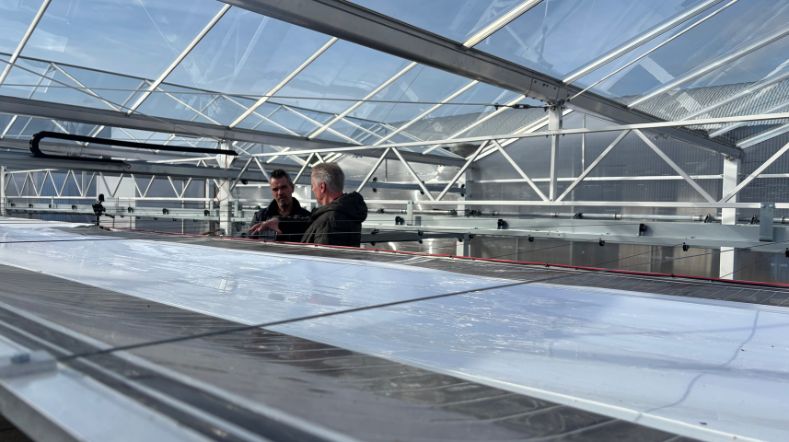

Dutch consortium develops manufacturing technology for perovskite solar cells
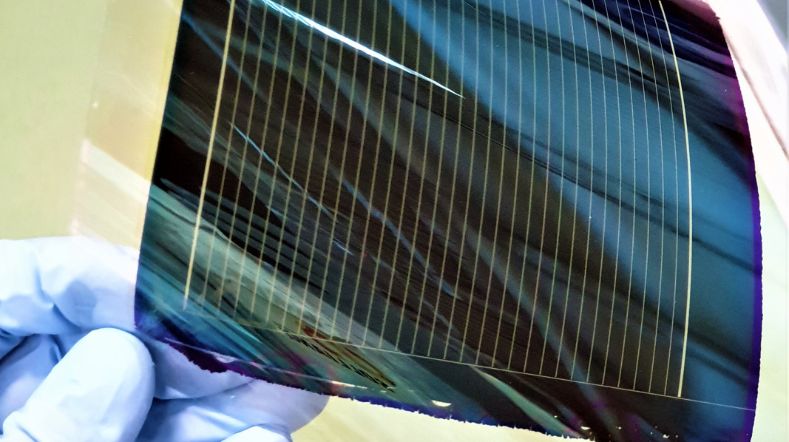

Wind energy webinars

Building fires with solar panels mapped for the first time
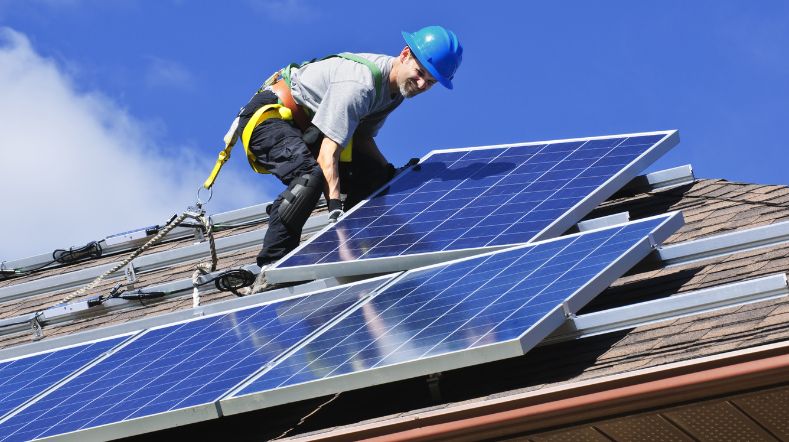

New multifunctional solar window generates energy by reflecting light
